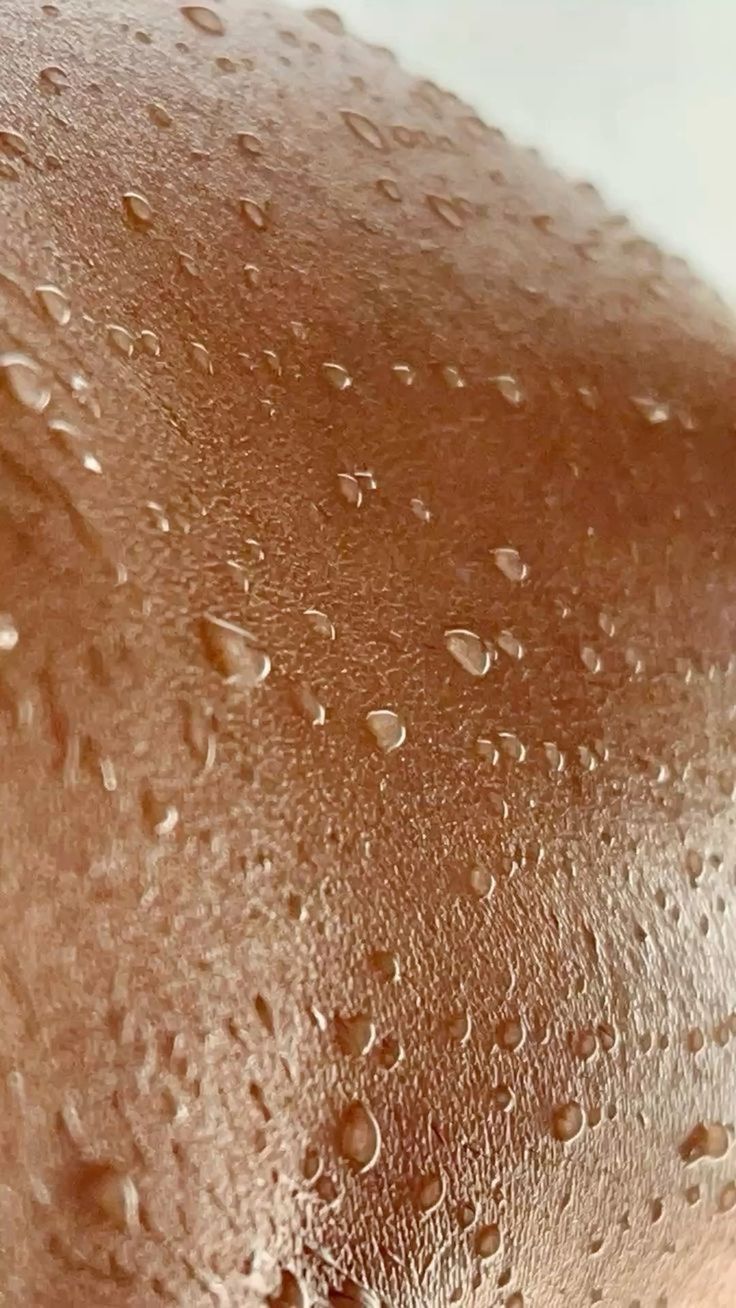4 Things Your Skin Therapist Wants You to Know About Melasma
If you live in New Zealand, particularly if you were born here, avoiding hyperpigmentation is almost impossible. But melasma is a whole different story. It shows up as muddy, shadow-like patches or blocks of pigment on the face, usually on the upper lip, forehead, and around the eyes, and it’s symmetrical. What makes it tricky to treat is that it’s triggered by heat and hormones, and tiny blood vessels underneath the patches can make it worse. Trying to get rid of it can feel exhausting. It’s not about running faster; it’s about working smarter.
Here are four things I wish more people knew about getting this condition under control.
1. Don’t put all your hopes and dreams into one product
Those big claims often don’t live up to the hype. Melasma is a multifaceted skin condition, so it needs a multifaceted approach. Different ingredients work at different stages of melanogenesis, which is the biological process in which pigment is formed.
Ideally, you want a combination of ingredients for the best results. The foundation of any good skincare routine is sun protection, vitamin A, and vitamin C. All of these are helpful, but on their own they are not enough for melasma.
2. Don’t overdo it
The biggest mistake I see is clients buying every product that claims to brighten or even out skin tone and ending up with inflamed, sensitised skin. This can make things worse.
Yes, you need a variety of active ingredients, but it’s easy to have too much of a good thing, especially if you don’t know how they interact. AHAs and salicylic acid are common and can be tolerated in one or two products, but not across multiple layers.
3. Don’t rely solely on your sunscreen
Daily sun protection is essential, and it’s important to apply it generously and regularly, but it’s not foolproof. Melasma is triggered by heat, so even the warmth of the sun on your face can stimulate it.
Just like your home care, your sun protection needs variety. Even on the greyest of days, use sunscreen and combine it with oral antioxidants to help prevent inflammation. Cover up too, because hats and sunglasses should be your best friends. They’ll protect your forehead and eye area, which helps preserve pigment balance and safeguard the collagen and elastin-producing cells beneath. Two birds, one stone.
4. Avoid heat-based treatments
Heating melasma is like pouring oil on a fire. You might see short-term improvement, but it’s highly likely to return, often worse. Any increase in heat-based treatments, even those claiming to be melasma-safe, comes with risk. It’s worth thinking about whether that’s a risk you’re willing to take.
So, where to from here?
Focus on strengthening your skin barrier. This can be achieved through targeted homecare and professional treatments like Skin Needling and selected Skin Peels.
Needling stimulates growth factors that support collagen and vascular repair, both essential in managing melasma, while certain peels help reverse DNA damage in skin cells.
And most importantly, get professional help. There’s a misconception that seeing a Skin Therapist is an expensive luxury, but working through countless products on your own can be far more costly, especially if they’re not helping. Book a consultation and let us take the guesswork out of it.
Final thoughts
Give yourself some grace. You notice it far more than anyone else ever will. Your skin can be healthy and glowing, melasma or not.




